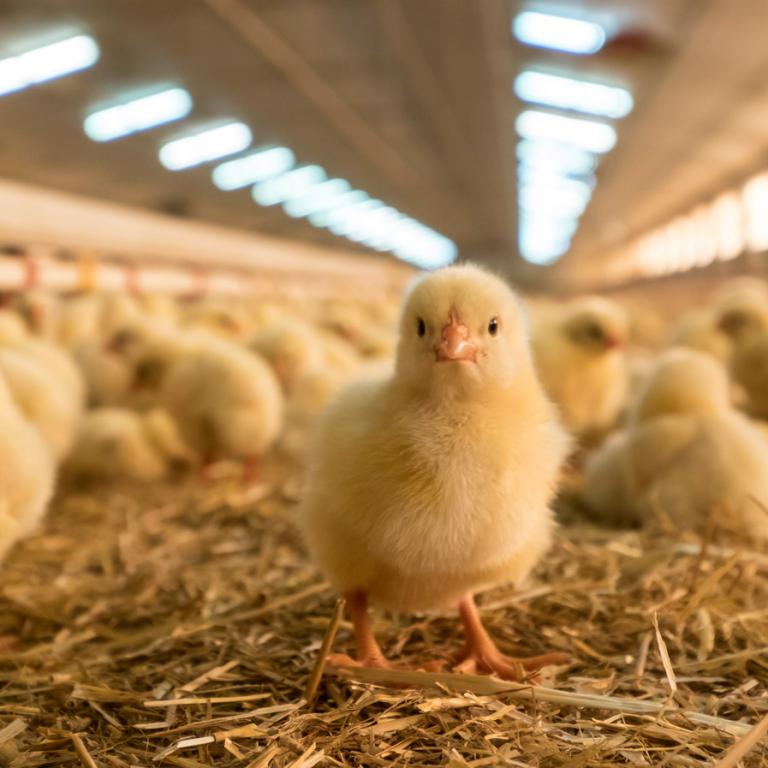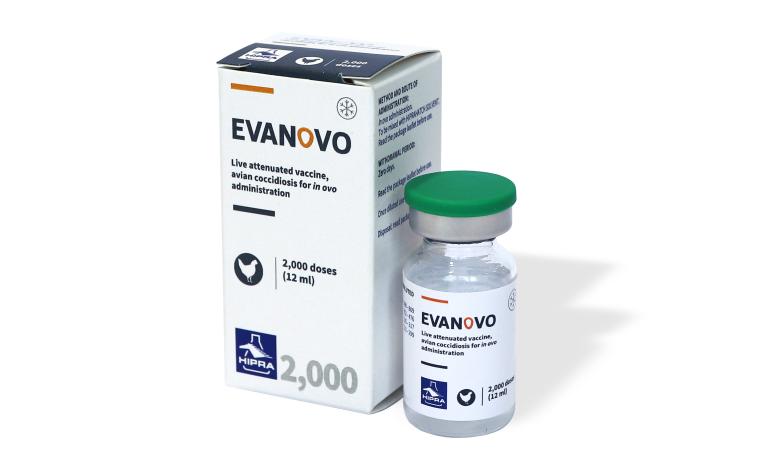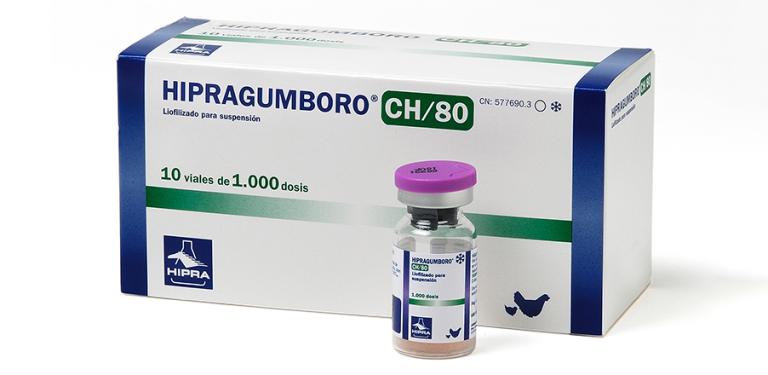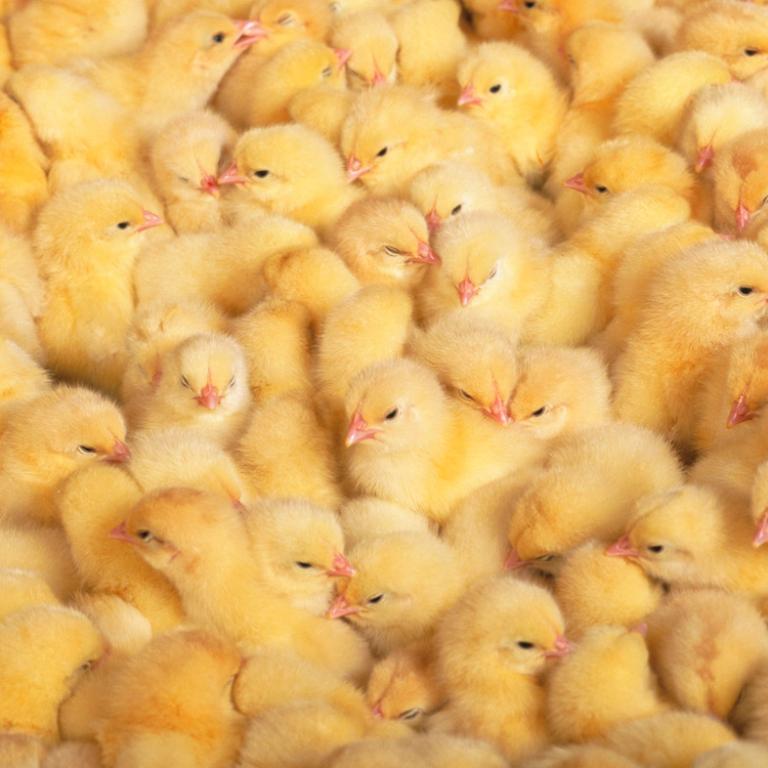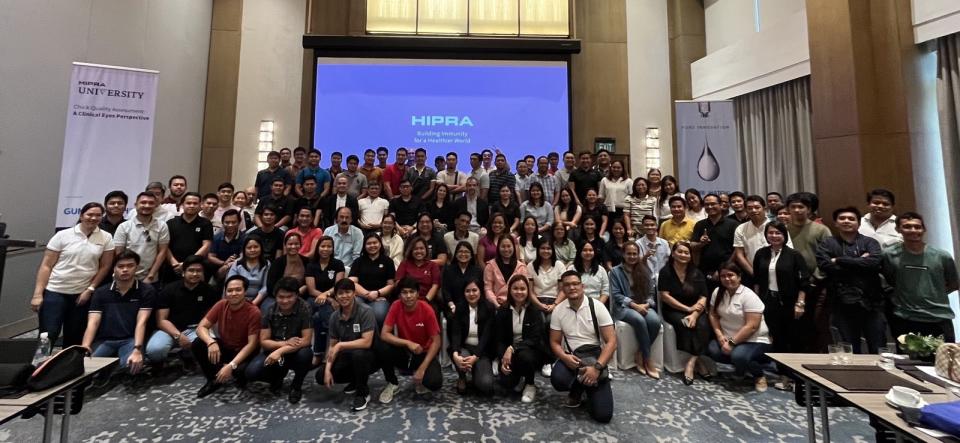The IBDV immune-complex vaccines were developed in the late 1990s with the aim of having an IBD vaccine that could be given in the hatchery and that could provide protection regardless of the maternal antibody level of the chicks.
GUMBOHATCH® INSIGHTS #2
Mechanism of action of IBDV immune-complex vaccines

However, the use of IBD immune-complex vaccines has proved to be much more, offering live vaccine protection with improved safety and increased potential for humoral response compared to the use of the homologous vaccine virus alone1.
In addition, immune-complex vaccines can provide the so-called “intelligent vaccination” against IBDV by adapting their onset of immunity to the protective needs of each individual chick, which avoids the feared immunity gap that may happen when other types of vaccines are used2.
But... what is the mechanism of action of IBDV immune-complex vaccines? How is the neutralization by maternal antibodies prevented? Where is the virus in the immune-complex retained until replication of the virus starts?
Summary
The key point of IBDV immune-complex vaccines is to ensure the correct coating of the vaccine virus with the specific IBDV antibodies (IgY).
This correct coating of the virus is what will prevent the neutralization of the vaccine virus by maternally derived antibodies (MDAs).
The immune complex (virus+IgY) will then be retained in the follicular dendritic cells of lymphoid organs (and probably on macrophages) which will lead to a continuous release of the virus without antibodies. If the protection provided by the mother is still active, the virus released will be neutralized by the MDAs and will not start to replicate.
Once this maternal protection starts to decrease, the virus released will not be neutralized and will start to replicate in the bursa, which means that the bird will automatically be protected by competitive exclusion and the onset of immunity will start.
This onset of immunity depending on the protection needs of each individual chick is known as “Gumboro intelligent vaccination”.
REFERENCES:
1Whitfill et al. 1995. Avian Diseases 39, (4), 687-699.
2Gelb et al. 2016. Avian Diseases 60 (3), 603-612.
© Laboratorios Hipra, S.A. All Rights Reserved.
No part of these contents may be reproduced, copied, modified or adapted, without the prior written consent of HIPRA.
Những ấn phẩm liên quan
Khám phá những tin tức mới nhất của chúng tôi




